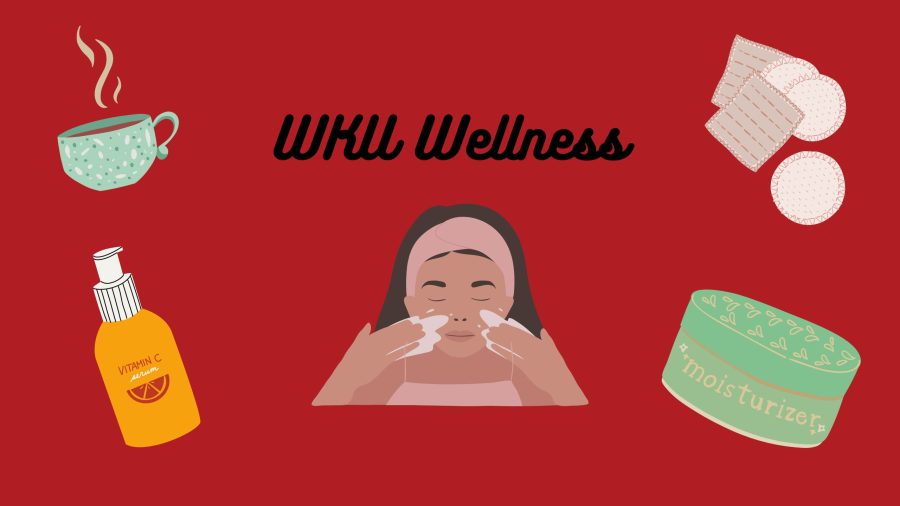OPINION: WKU Wellness: Energy drinks and caffeine intoxication
November 14, 2022
It’s Monday morning, and you need something to kickstart your day. Your body energy seems to be at an all-time low. What do you do? For most of you college students, the answer is chug an energy drink.
However, is this daily drink really worth it for the long-term? Let’s find out.
Celsius
This is a low-calorie option that ranks fairly high on the caffeine scale. With 200mg of caffeine per can, this drink should be limited to one a day.
There is a finding that consuming more than 300mg of caffeine can induce headaches, insomnia, and even hallucinations. This is referred to as caffeine intoxication.
The symptoms can be seen even at around 200mg of caffeine, and they can range from anxiety and muscle twitches to restlessness and upset stomachs.
A good option might be to drink a little less than the full can.
Bang
This is gaining popularity in college students. It is low in calories, but there is a significant trade-off for that. Did you know that it has more caffeine than three cups of coffee?
Drinking 2-3 cans of Bang would have you bouncing off the walls. After all, that formula surpasses the recommended maximum daily amount of 400mg in addition to potentially unlocking a state of caffeine intoxication.
Red bull
Red bull seems to be around for a while. However, from the side effects, this is a major no-go.
Research links consumption of energy drinks like Red Bull to erosion of those pearly whites; yes, I am talking about those teeth. The acid in certain energy drinks leads to tooth decay and cavities.
According to experts, if you choose to drink energy drinks, make sure to rinse out your mouth with water or chew gum.
Compared to the other energy drinks, it ranks fairly higher in calories and can cause weight gain.
Alani NU
I know it sounds like a tropical drink, and it is. Flavors range from “breezeberry” to “Hawaaiin shaved ice.” Alani NU ties with Celsius in terms of caffeine content. It has no sugar and ranks low in calories. In place of sugar, it has sugar alcohol.
Overall, it does seem to be better than its other energy drink competitors due to the presence of L-theanine which is said to help balance the feelings of jitteriness and anxiety that follow caffeine consumption. The only word of caution would be (obviously) to not consume more than the recommended amount.
BAYA
This is a new branch from a long-lasting favorite coffee brand, so I had to include it. Any guesses? This is BAYA brought to you by… Starbucks. It is a fusion of PepsiCo and Starbucks and comes in three flavors. Which one will you choose? Mango Guava, Raspberry Lime or Pineapple Passionfruit?
There are 90 calories per can which is more than Celsius and Alani NU, but it has less caffeine content at 160 mg per can. It is at a safer level of caffeine content compared to the other drinks.
Drinking energy drinks is great when you are on the go, but chugging 2-3 cans a day will lead to severe health consequences in the future. As college students, we will literally drink and eat anything quick and easy, but make sure that you aren’t stuffing yourself with items that will haunt you later on.
What can you do instead?
If you have already met the daily maximum amount of cans/drinks and you are running low on energy, something you can try is chewing gum. Chewing gum is linked to higher levels of alertness. Apart from this option, I think the best thing to do is just recharge your body by taking a quick power nap.
Vidhi Parekh: Commentary writer Vidhi Parekh can be reached at [email protected].











